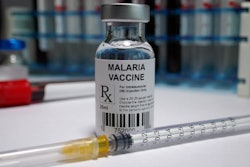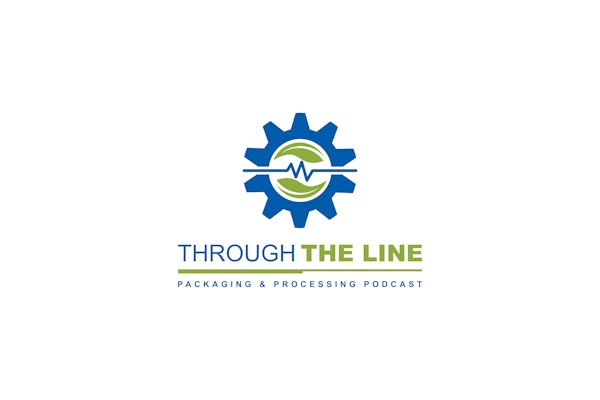Barry Brandman, President of Danbee Investigations, is one of the country’s top business security experts and author of “The Executive’s Guide to Business Security.” He is also a consultant for the U.S. Department of Homeland Security, Customs and Border Protection, and presented at the WERC Annual Conference for Logistics Professionals in Columbus, OH, last week on protecting the supply chain from sabotage, theft or terrorism. Brandman said that “theft is economic cancer,” and that by the time theft is discovered, its often too late - resulting in bankruptcy for the company.
Brandman discussed why theft-related loss is getting worse, and said that the value of the product plus a low risk factor, lax security and an inadequate criminal justice system equals high gain, low risk. Plus, says Brandman, the internet combined with small parcel delivery service make it easy to distribute stolen goods. Thieves – often internal - who work together can result in significant loss to the company.
Brandman gave one example of collusion between a warehouse supervisor and company drivers that resulted in a $380,000 loss over 6 months. The supervisor allowed extra, un-manifested product to be loaded onto company trucks where it was sold by the drivers during their run – and the drivers then gave a percentage of the proceeds back to the supervisor. Brandman said 70% of the time product is sold before it’s stolen, and thieves are apprehended less than 3% of the time.
Peripheral costs associated with product disappearance include the risk of tampering; price integrity that is compromised by product being sold for less through other channels – usually on the internet; legal & investigative costs; replenishment costs; and the loss of customer confidence in the case of 3PLs.
Ineffective safeguards are responsible for supply chains being victimized, said Brandman, and what doesn’t work, are alarms, uniformed guards, and most video systems. Brandman said companies should realistically evaluate security safeguards, and find weaknesses before others can exploit them. Also, companies should maintain an effective auditing program after new upgraded loss prevention safeguards are implemented. Also, companies should encourage their logistics partners to support adopted standards.
Another security measure is to have an effective hotline program. Brandman suggests giving employees complete anonymity and make sure no one can be wrongfully punished. Rewards will encourage participation.
Some companies go undercover, but Brandman cautions that undercover information should be used as intelligence, not proof. Undercover operations take time, and are not a short-term solution.
To protect against sabotage, Brandman advised to protect the integrity of one’s data and network: encrypt sensitive e-mail, require password standards, safeguard server rooms with card access, alarm and video technology, and have your system penetration tested.
Terrorists are now using the commercial supply chain to ship weapons – and even people, in the case of one shipping container that was found to have weapons and the terrorist planning to use them. Brandman said the international supply chain should embrace CTPAT & AEO (authorized economic operator) standards; be proactive, not reactive; and, in the words of Ronald Reagan, “Trust, but verify.”
Another security measure is to have an effective hotline program. Brandman suggests giving employees complete anonymity and make sure no one can be wrongfully punished. Rewards will encourage participation.
Another security measure is to have an effective hotline program. Brandman suggests giving employees complete anonymity and make sure no one can be wrongfully punished. Rewards will encourage participation.























